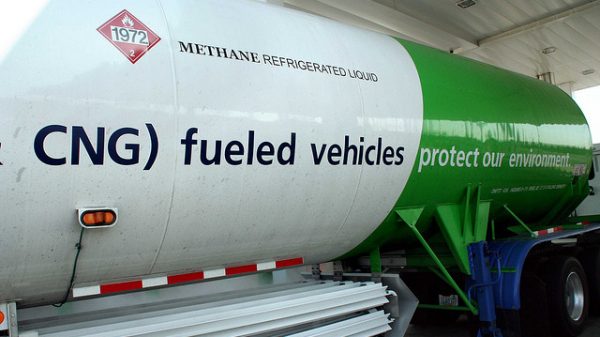By Charles Okunbor
Scientists have found a new way of making LEDs (Light-emitting diodes) that may prove to be easier and more cost-effective. The researchers Yuzin Xin, Kai Odachi and Takashi Shirai from the Nagoya Institute of Technology published their findings in green chemistry.
They discovered that carbon nano-onions (CNO) could be more efficiently created by microwaving fish wastes. As per the authors, this novel method involves the preparation of ultra-bright CNOs via one-step microwave pyrolysis of fish scale waste within a few seconds.
Carbon nano onions are carbonaceous nanostructures composed of multiple concentric shells of fullerenes. They are widely used in the catalysis, energy conversion and storage, and electronics sectors thanks to their low toxicity and chemical stability.
This discovery could lead to a better and more sustainable development of LED in the future, making the production of LED screens in electronics cheaper than it has ever been.
A light-emitting diode (LED) is a semiconductor that emits light when an electric current is passed through it. LEDs are widely used in electronics, from mobile phones and TVs to large screens and advertisement boards. LED has fast replaced the previously utilised LCD (Liquid crystal display) due to its advantages of brighter whites and darker blacks, features that are crucial for high-end electronic devices.
An LED screen consumes less power, proffers a brighter display with better contrast, has a thinner panel, and emits less heat dissipation than the typical LCD screen. Infrared LEDs are also used in autofocus cameras and in remote controls.
Although there are several variations of this fundamental substance, including aluminium gallium arsenide and aluminium gallium indium phosphide, gallium arsenide is the substance that is most frequently utilized in LEDs.
CNOs on the other hand have their main advantage in having a high surface area as well as having large electrical and thermal conductivities. Though the exact method of how the fish scale is converted to CNOs is unclear, this method possesses a huge advantage over conventional methods of manufacturing CNOs. The traditional methods of manufacturing CNOs have required high temperatures, a vacuum, high costs of carbon sources and a lot of time and energy. Other techniques are expensive and call for complex catalysts or hazardous acidic or basic conditions
“These findings will open up new avenues for developing next-generation displays and solid-state lighting,” said the authors.
DISCLAIMER: This article is the sole opinion of the writer, Charles Okunbor, PhD. He is a lecturer at Delta State University of Science and Technology, Ozoro. TechnocratMedia bears no liability as a result of publishing the opinion on the subject matter.














































